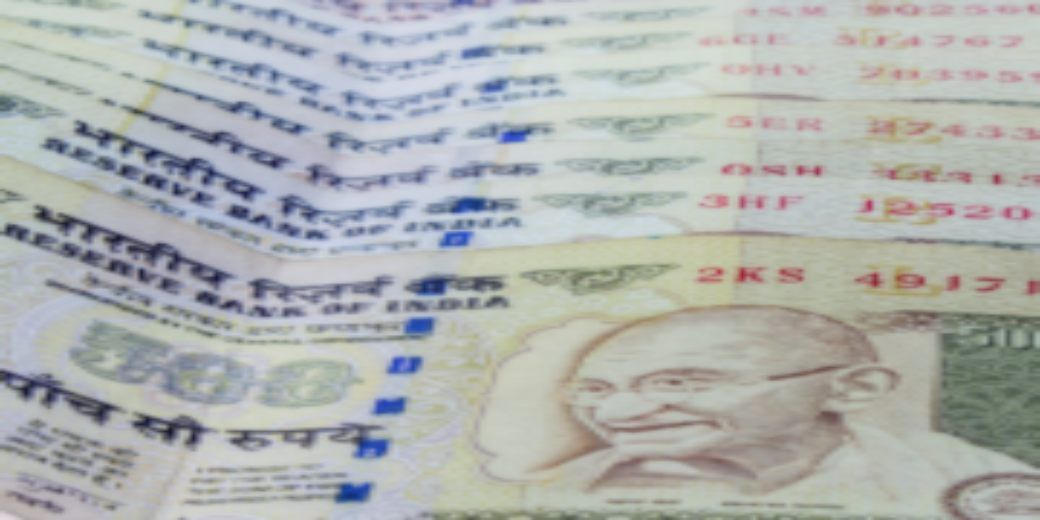Nine things to know mutual funds expenses ratio
Just like any product or service, even mutual funds charge a small fee for managing your money. This fee is charged in the form of an expense ratio.

Everything in life comes at a cost and we know it well. That’s the reason when we are planning to buy a new phone, we first look at the price. Or even booking a room for the next vacation the first thing we look at is the rate of the room. Or for that matter, even while buying vegetables we first ask the price and then buy it. Yet somehow most of us forget to ask about the costs when it comes to mutual funds. Just like any product or service, even mutual funds charge a small fee for managing your money. This fee is charged in the form of an expense ratio. So, let’s first understand what an expense ratio is.
What is Expense Ratio?
Under SEBI (Mutual Funds) Regulations, 1996, Mutual Funds are permitted to charge certain operating expenses for managing a mutual fund scheme. All such costs for running and managing a mutual fund scheme are collectively referred to as ‘Total Expense Ratio’ (TER). How does the expense ratio affect your protfolio, to know more about this go to 5paisa.com
Components of TER
The expenses that TER includes are sales & marketing/advertising expenses, administrative expenses, transaction costs, investment management fees, registrar fees, custodian fees, audit fees – as a percentage of the fund’s daily net assets.
How is TER decided?
The value of an expense ratio depends upon the size of the mutual fund in question. If the funds’ assets are small, then the expense ratio can be high. Similarly, if the net assets of the fund are significant, then the expense percentage should ideally come down. However, these expense ratios should be charged based on SEBI’s rules and regulations for the Total Expense Ratio (TER).
In addition, mutual funds have been allowed to charge up to 30 bps more, if the new inflows from retail investors from beyond the top 30 cities (B30) cities are at least (a) 30% of gross new inflows in the scheme or (b) 15% of the average assets under management (year to date) of the scheme, whichever is higher. This is essentially to encourage inflows into mutual funds from tier – 2 and tier – 3 cities.
How is TER calculated?
The TER is calculated as a percentage of the scheme’s average Net Asset Value (NAV). The daily NAV of a mutual fund is disclosed after deducting the expenses.
How is TER charged?
A mutual fund does not deduct the expense ratio all at once at the time of purchase. It is deducted daily after calculating its per day expense. The annual expense ratio is divided by the number of trading days of the year and is charged on the closing gross NAV. For example, if there are 252 trading days in a particular year, the 2% expense ratio is divided by the number of days to acquire the per-day expense which is 0.0079%.
Why the expense ratio is important to you?
Expense ratios are usually deducted from total revenue generated by a mutual fund, before disbursing it to the investors. Higher expense ratios imply a higher proportion of the returns being removed, thereby providing lower returns on investments.
How to reduce expense ratio
Just the way we get household goods cheaper if we buy them directly from the manufacturer or wholesaler same is the case in mutual funds. If an investment in a mutual fund is done directly through an AMC (asset management company) also known as a direct plan the TER comes down.
Differences in TERs between regular and direct plans can range from 0.5% to 1%. This directly affects the returns of regular and direct plans. If the TER of a regular plan is 0.75% more than that of a direct plan, then the direct plan will give a 1% higher CAGR return than the regular plan.
Where to check TER
Complete information about these costs and their breakups are released to the investors, to ensure transparency. These charges are revealed via a statement every 6 months, depicting the amount deducted from the account of the investors to meet these costs.
Is high TER bad?
Just like in other things we look at the cost but take a decision based on many other aspects like quality of the product, its durability. Similarly, in mutual funds, it’s important to look at the expenses ratio but the overall decision should be also based upon many other things. Remember, a good fund is one that delivers good performance with optimal expenses.

